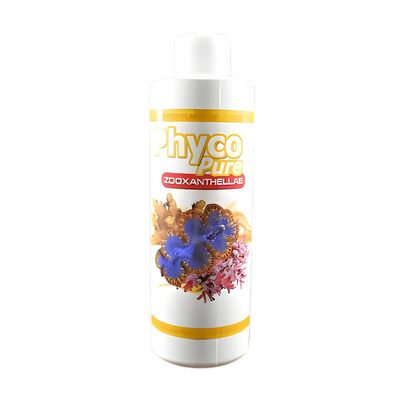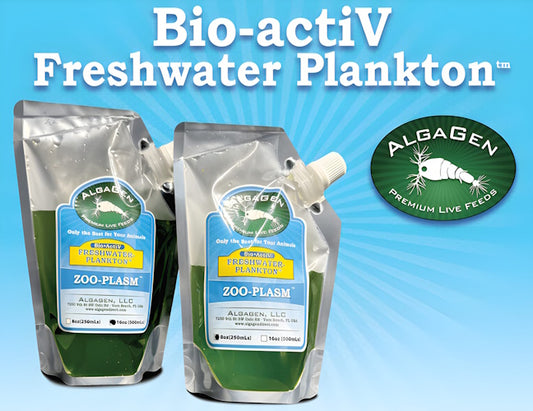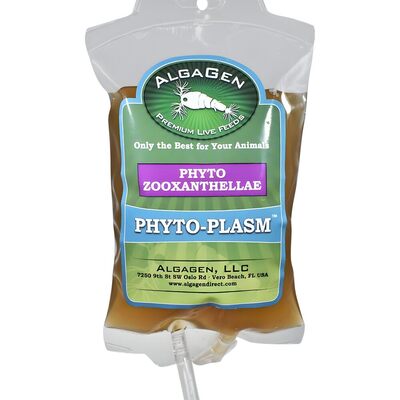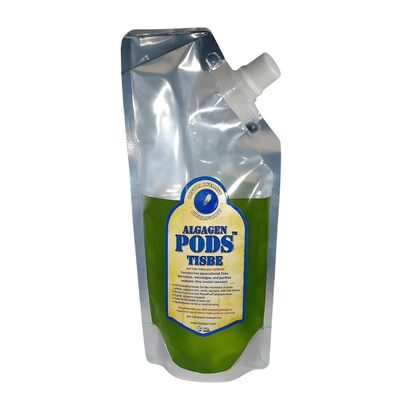Aquaponics combines the beauty of an aquarium with the productivity of a garden, creating a self-sustaining ecosystem where fish and plants thrive together. Whether you want to grow fresh herbs, leafy greens, or simply enjoy a more eco-friendly aquarium, getting started with aquaponics is easier than you might think.
What Is Aquaponics?
Aquaponics is a system where fish waste provides nutrients for plants, and the plants help filter and clean the water for the fish. This closed-loop setup mimics natural ecosystems, reduces water changes, and allows you to grow food or decorative plants right in your home aquarium.
Choosing the Right Aquaponics System
For beginners, the media-based aquaponics system is the easiest and most popular choice. This setup uses a grow bed filled with clay pellets or gravel above the aquarium. Water is pumped up from the aquarium to the grow bed, where plant roots absorb nutrients before the water drains back to the tank. This design is simple to set up, low maintenance, and gives quick results for both fish and plants.
Step-by-Step: Setting Up Aquaponics in Your Aquarium
- 1. Set Up Your Fish Tank: Choose a tank size that fits your space and goals. A 20-40 gallon tank is great for small setups. Dechlorinate the water and cycle the tank for 4-6 weeks before adding fish to establish healthy bacteria.
- 2. Build the Media Bed: Place a sturdy tray or grow bed above or beside the tank. Fill it with pH-neutral media like clay pebbles, which support plant roots and act as a biofilter.
- 3. Install a Water Pump: Use a small aquarium pump to move water from the tank to the grow bed. Set up simple plumbing so water floods the bed and drains back into the tank. A timer can help automate the flood-and-drain cycle.
- 4. Add Fish: Once the tank is cycled, add hardy fish such as tilapia, goldfish, koi, or guppies. These species are resilient and adapt well to aquaponics.
- 5. Add Plants: Start with easy-to-grow leafy greens and herbs like lettuce, basil, kale, and mint. For more advanced setups, try tomatoes, peppers, or strawberries if your system is well-established.
- 6. Cycle the System: Allow time for beneficial bacteria to develop in the media bed. These bacteria convert fish waste (ammonia) into nutrients plants can use, completing the cycle.
Best Fish and Plants for Aquarium Aquaponics
- Fish: Tilapia, goldfish, koi, guppies, mollies, and tetras are all good choices. Choose species that are hardy and suited to your tank size.
- Plants: Leafy greens and herbs thrive in aquaponics. Try lettuce, basil, kale, mint, and watercress. With a mature system, you can also grow fruiting plants like tomatoes, peppers, peas, and strawberries.
For more on choosing hardy aquatic species, see our Top 5 Live Feeds for Thriving Reef Tank Ecosystems.
Tips for Aquaponics Success
- Monitor Water Quality: Test pH (aim for 6.8–7.2) and ammonia regularly. Keep ammonia low to protect fish and ensure healthy plant growth.
- Feed Fish Sparingly: Only feed what your fish can eat in a few minutes. Remove uneaten food to prevent water imbalances.
- Check Water Levels: Make sure the grow bed floods and drains properly. Keep an eye on your pump and plumbing for clogs or leaks.
- Be Patient: Aquaponics is a learning process. Give your system time to balance and don’t be discouraged by minor setbacks.
- Start Simple: Begin with hardy fish and easy plants. Expand as you gain experience.
For troubleshooting and more eco-friendly aquarium tips, visit Reducing Nutrient Loading: The AlgaGenDirect Approach.
- Media-based aquaponics systems are ideal for beginners.
- Cycle your tank before adding fish to establish bacteria.
- Choose hardy fish and leafy greens for best results.
- Monitor water quality and feed fish sparingly.
- Be patient as your system balances and matures.
| Component | Purpose | Status |
|---|---|---|
| Fish Tank | Home for fish, source of nutrients | Essential |
| Media Bed | Plant support, biofiltration | Essential |
| Water Pump | Circulates water and nutrients | Essential |
| Plants | Absorb nutrients, clean water | Essential |
| Bacteria | Convert waste to plant food | Vital |
“Aquaponics in aquariums lets you grow fresh food and enjoy a thriving aquatic ecosystem, all in one beautiful, sustainable setup.”
Conclusion
Starting aquaponics in your aquarium is a rewarding way to grow plants and keep fish in harmony. With a simple media-based system, hardy fish, and easy-to-grow plants, you’ll create a living ecosystem that’s both beautiful and productive. Monitor water quality, feed sparingly, and enjoy the journey as your aquaponics setup flourishes.





Recent post